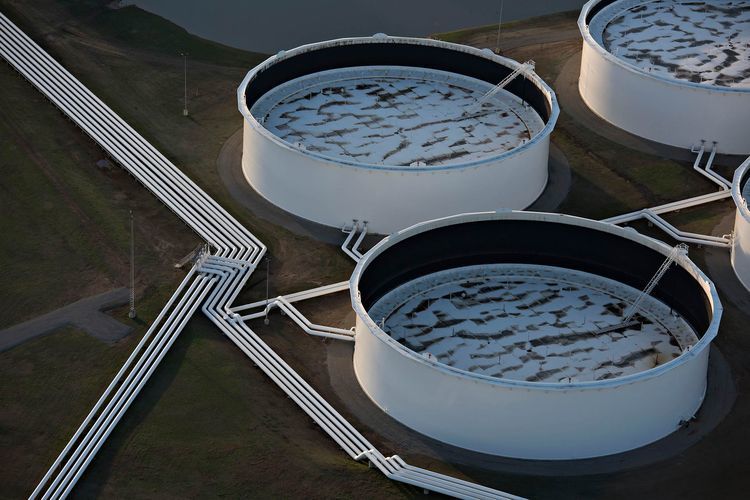
Brent crude could potentially drop to $40 a barrel or below in the first quarter of 2018 without deeper output curbs by OPEC, according to an oil analyst at industry consultant JBC Energy GmbH.
The benchmark for more than half the world’s oil may end 2017 between $45 and $47 a barrel, after which the market may turn “very tricky,” said Richard Gorry, managing director at JBC Asia. While prices are being supported by recent U.S. inventory draws amid the summer driving season when fuel demand typically peaks, that trend will reverse from early-September as consumption weakens, he said.
Brent crude extended gains on Wednesday, trading up 0.4 percent at $50.39 a barrel at 6:32 a.m. in New York, riding a rally as industry data showed U.S. stockpiles plunged last week.
“Brent could go to $40 and even below,” Gorry said in an interview in Singapore on Tuesday. “That’s not necessarily what we’re forecasting, but we don’t know where exactly the market is going to trade and how bearish it’s going to be.”
JBC is flagging the risk of a drop in prices as the Organization of Petroleum Exporting Countries and some partner nations grapple with the implementation of output curbs aimed at easing a global glut. At a meeting earlier this week in St Petersburg, Saudi Arabia promised deep cuts to crude exports next month, emphasizing its commitment to eliminating the oversupply even as fellow OPEC members Libya and Nigeria were told they are free to keep increasing production.
“If OPEC stays the same and we have the same output restrictions even in the first quarter, we’re looking at a lot of surplus in the market,” Gorry said. “To really tighten the market, OPEC will have to cut more, and I don’t know if they want to do that.”
Bear Market
Oil slumped into a bear market last month, after giving up most of the gains it made following OPEC’s agreement late last year to begin cuts from January. Beyond the renewed focus on exports, the St. Petersburg meeting made no changes to the supply deal to correct that underwhelming performance.
Still, crude has climbed about 10 percent over the past month as U.S. inventories have shown signs of declining. Demand may slow after September, while oil output from producers in Brazil, Kazakhstan, West Africa and central Europe is set to rise in the first half of next year, Gorry said.
U.S. output is continuing to ramp up, with the nation pumping 9.4 million barrels daily, close to the record 9.6 million barrel levels seen in 2015. American production may again rise to 9.6 million barrels a day by end-2017, according to Gorry. Asia-Pacific is the only region that’ll see output declines as China shuts wells, he said.
Recommended for you
